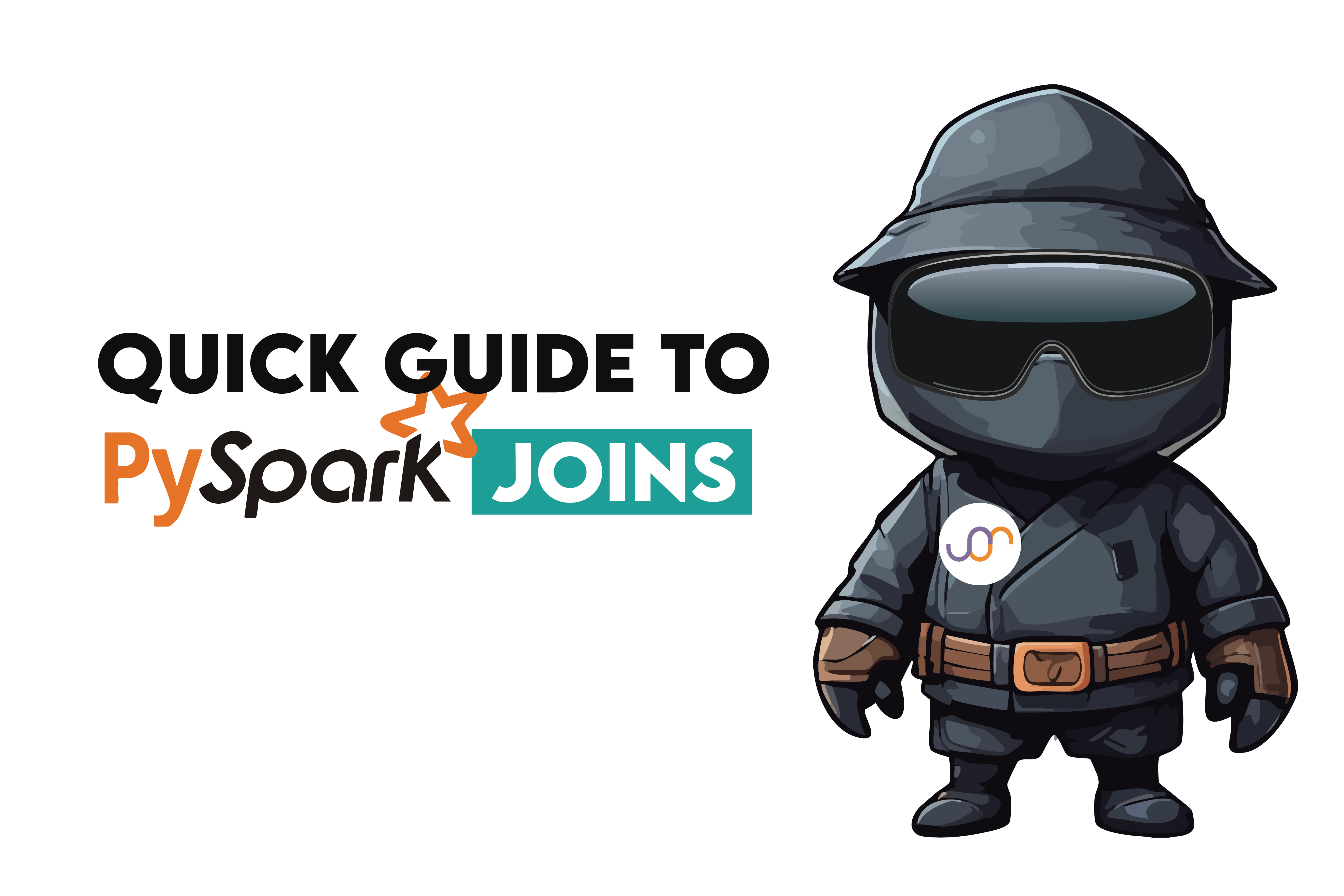Mastering PySpark Joins: Learn the Logic, Avoid the Traps

If you are working with big data using PySpark, you’ll quickly discover that joining DataFrames is one of the most essential, and at times, confusing tasks in your workflow. Whether you're filtering user activity, combining transaction records, or cleaning up duplicated logs, joins are everywhere.
This guide is your practical, example-driven path to mastering PySpark joins. Instead of just giving you theory, we’ll walk you through real-world interview questions from companies like Meta and Dell. Along the way, you’ll learn not just how joins work, but when to use each type, what gotchas to avoid, and how to write efficient, readable code.
What You’ll Learn From This Guide
- How inner, left, right, outer, and cross joins behave in PySpark
- Performance optimizations like broadcast joins
- When to use semi-joins to filter without extra data
- How to handle nulls, duplicates, and self-joins
- Real-world coding examples from top tech interviews
- Hands-on tips for writing clear, correct PySpark join logic
Who This Guide Is For
- Data engineers and analysts working with Spark or distributed data
- Python developers transitioning into big data tools
- Candidates preparing for PySpark-focused interviews
- Anyone who’s struggled with matching keys and row mismatches in Spark
If you’ve ever run a join in PySpark and thought, “Why is this result duplicated?” or “Where did my rows go?”, this guide is for you. Let’s demystify PySpark joins - one scenario at a time.
PySpark joins aren’t all that different from what you’re used to for other languages like Python, R, or Java, but there are a few critical quirks you should watch out for.
In this article, we will explore these important concepts using real-world interview questions that range from easy to medium in difficulty.
By the end, we will explore the traps, best practices, and the details that might be missed. But first, let’s break things down and discover how these joins really work, what they are, and how they can be used in PySpark. If that sounds good, let’s get started!